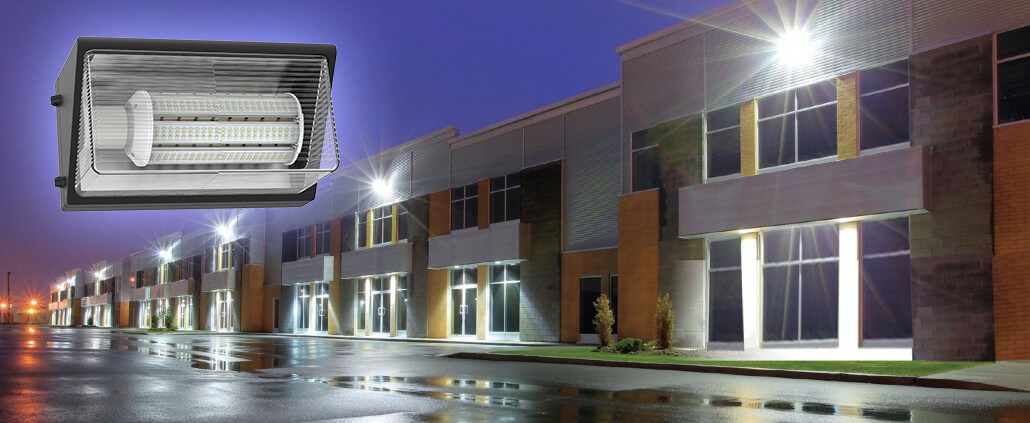

Whether you are a first-time warehouse lights buyer or you are looking to replace outdated metal halide, fluorescent, or HID lighting solutions with a less energy, lower cost and high efficiency lighting option, Guanke has just what you need for high bay LED warehouse lighting.
Energy savings is a primary driver behind why you should evaluate LED lighting for your building or facility. Common wattages for LED high bay fixtures can range from 95 Watts to 495 Watts. If we compare this wattage to a typical HID high bay fixture that same range is 175 watts to 1000 watts.
So by switching to LED lighting you are immediately reducing your energy consumption by 40%-60%. To put this in dollars you would be saving, $300 per fixture per year in electricity costs if you made the switch to LED lighting. Depending on the size of your facility this can really affect the operational balance sheet.
By converting to LED’s you will also see a dramatic reduction in the maintenance of your high bay light fixtures. This is due to the way LEDs generate light, and the way they progress through their functional life. Instead of ceasing to function properly once a fuel source is significantly reduced, LED generated light output degrades very slowly over time. As a result the functional life of an LED product can be significantly longer than that of an HID Lamp, therefore drastically reducing the maintenance load required.
For example, by converting conventional 400w HID high bay lighting to LED, a typical building with industrial light fixtures can save up to $5,341 over the course of 3 years in maintenance costs alone.
Finally, lighting performance is a critical factor in evaluating the move to a different type of lighting. From a performance standpoint, LED’s are a head-and-shoulders above their HID counterparts.
LED’s utilize a multi-point design, meaning they distributed light on the intended surface very evenly. Meaning that light levels across a given surface will vary less between fixture mounting locations. In addition to the even distribution of light, LEDs are available in a range of CCT’s (Correlated Color Temperatures), and as a result provide a range of options to increase the visual perception of “brightness”.
In contrast HID fixtures produce a “bright spot” directly